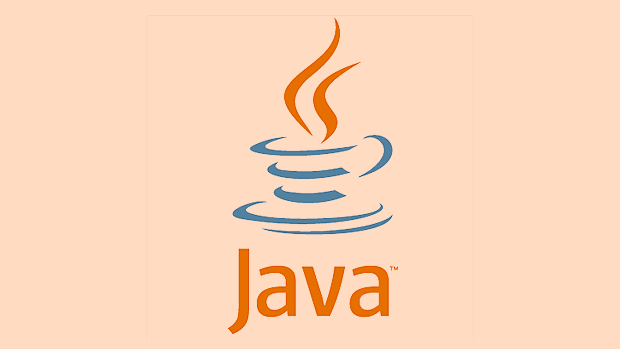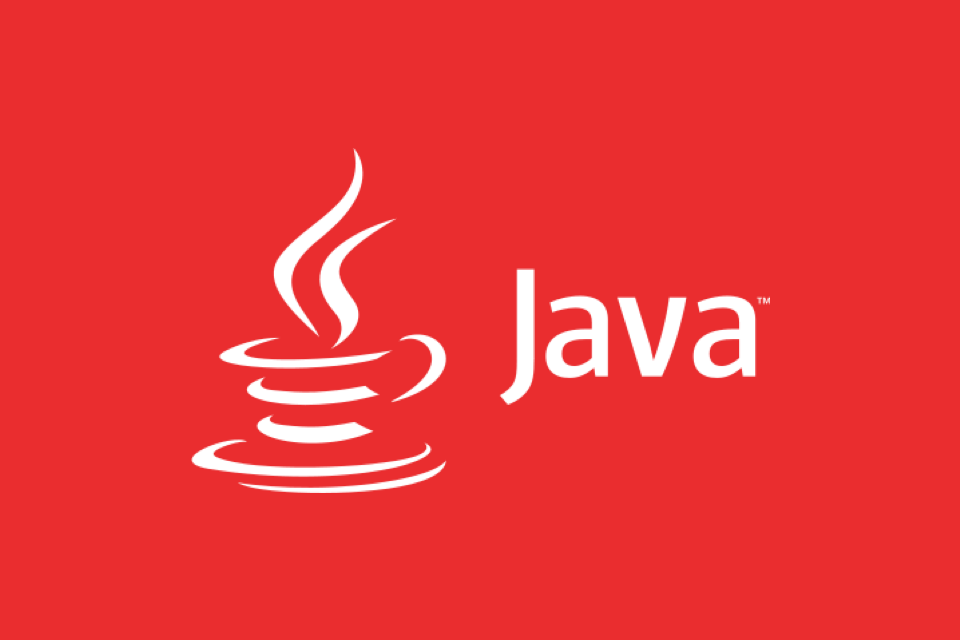Common methods for parsing JSON objects in Java include using Jackson and Gson libraries. 1. When using Jackson, you need to introduce dependencies and parse them with the ObjectMapper class, which is suitable for JSON with fixed structures; 2. Using the Gson library is simpler, suitable for small projects or Android development, and directly parsed through the Gson class; 3. Dynamic parsing of Map or JsonNode is suitable for data with unfixed structures; precautions include ensuring that JSON is formatted correctly, field names match, handling nested structures, and Jackson does not support non-static internal class deserialization. The library should be selected according to project requirements. Gson is simple and easy to use, and Jackson is more powerful.

Parsing JSON objects is a common requirement in Java, especially when dealing with API interfaces, configuration files, or front-end data interactions. If you are using a standard Java environment, you will usually use some popular JSON libraries to complete this task, such as Jackson or Gson.

Here are some specific methods and suggestions you may use.
Use Jackson to parse JSON objects
Jackson is one of the most commonly used JSON processing libraries in Java, with good performance and relatively comprehensive functions.

- First, you need to introduce Jackson's dependencies (such as via Maven or Gradle).
- Then use the
ObjectMapperclass to complete the parsing.
For example, if you have the following JSON string:
{
"name": "Tom",
"age": 25
}You can define a corresponding Java class:

class Person {
public String name;
public int age;
}Then use Jackson to convert the JSON string into an instance of this class:
ObjectMapper mapper = new ObjectMapper();
String json = "{\"name\":\"Tom\",\"age\":25}";
Person person = mapper.readValue(json, Person.class);This method is suitable for JSON data with relatively fixed structures.
Use Gson to parse JSON objects
Gson is a lightweight JSON library provided by Google. It is easier to use and is suitable for small projects or Android development.
The usage method is similar to Jackson, except that the class name is changed to Gson :
Gson gson = new Gson();
String json = "{\"name\":\"Tom\",\"age\":25}";
Person person = gson.fromJson(json, Person.class);The advantage of Gson is that it does not require additional configuration, and can be parsed directly through annotations or field name matching.
Dynamic parsing of JSON (not dependency class)
Sometimes you may not know the structure of JSON, or you do not want to define a class to map it. At this time, you can consider using Map or JsonNode for dynamic analysis.
For example, use Jackson:
ObjectMapper mapper = new ObjectMapper();
String json = "{\"name\":\"Tom\",\"age\":25}";
Map<String, Object> map = mapper.readValue(json, new TypeReference<>() {}); In this way, you can get the value through map.get("name") and it is suitable for JSONs with unfixed structures or deep nesting.
Notes and FAQs
- The JSON string format must be correct, otherwise an exception will be thrown.
- The field names should be matched, or use annotations to specify the mapping relationship.
- If JSON contains nested objects or arrays, also make sure that the corresponding Java class structure matches.
- When using Jackson, be careful not to support deserialization of non-static inner classes by default.
- Pay attention to ProGuard confusion issues when using Gson on Android.
Basically, these methods are all about which library to use depends on your project requirements. Gson is simple and straightforward, Jackson is more powerful but has a slightly more configuration. As long as the structure is clear, parsing JSON is not difficult in Java.
The above is the detailed content of How to parse a JSON object in Java?. For more information, please follow other related articles on the PHP Chinese website!

Hot AI Tools

Undress AI Tool
Undress images for free

Undresser.AI Undress
AI-powered app for creating realistic nude photos

AI Clothes Remover
Online AI tool for removing clothes from photos.

Clothoff.io
AI clothes remover

Video Face Swap
Swap faces in any video effortlessly with our completely free AI face swap tool!

Hot Article

Hot Tools

Notepad++7.3.1
Easy-to-use and free code editor

SublimeText3 Chinese version
Chinese version, very easy to use

Zend Studio 13.0.1
Powerful PHP integrated development environment

Dreamweaver CS6
Visual web development tools

SublimeText3 Mac version
God-level code editing software (SublimeText3)

Hot Topics
 Differences Between Callable and Runnable in Java
Jul 04, 2025 am 02:50 AM
Differences Between Callable and Runnable in Java
Jul 04, 2025 am 02:50 AM
There are three main differences between Callable and Runnable in Java. First, the callable method can return the result, suitable for tasks that need to return values, such as Callable; while the run() method of Runnable has no return value, suitable for tasks that do not need to return, such as logging. Second, Callable allows to throw checked exceptions to facilitate error transmission; while Runnable must handle exceptions internally. Third, Runnable can be directly passed to Thread or ExecutorService, while Callable can only be submitted to ExecutorService and returns the Future object to
 Asynchronous Programming Techniques in Modern Java
Jul 07, 2025 am 02:24 AM
Asynchronous Programming Techniques in Modern Java
Jul 07, 2025 am 02:24 AM
Java supports asynchronous programming including the use of CompletableFuture, responsive streams (such as ProjectReactor), and virtual threads in Java19. 1.CompletableFuture improves code readability and maintenance through chain calls, and supports task orchestration and exception handling; 2. ProjectReactor provides Mono and Flux types to implement responsive programming, with backpressure mechanism and rich operators; 3. Virtual threads reduce concurrency costs, are suitable for I/O-intensive tasks, and are lighter and easier to expand than traditional platform threads. Each method has applicable scenarios, and appropriate tools should be selected according to your needs and mixed models should be avoided to maintain simplicity
 Understanding Java NIO and Its Advantages
Jul 08, 2025 am 02:55 AM
Understanding Java NIO and Its Advantages
Jul 08, 2025 am 02:55 AM
JavaNIO is a new IOAPI introduced by Java 1.4. 1) is aimed at buffers and channels, 2) contains Buffer, Channel and Selector core components, 3) supports non-blocking mode, and 4) handles concurrent connections more efficiently than traditional IO. Its advantages are reflected in: 1) Non-blocking IO reduces thread overhead, 2) Buffer improves data transmission efficiency, 3) Selector realizes multiplexing, and 4) Memory mapping speeds up file reading and writing. Note when using: 1) The flip/clear operation of the Buffer is easy to be confused, 2) Incomplete data needs to be processed manually without blocking, 3) Selector registration must be canceled in time, 4) NIO is not suitable for all scenarios.
 Best Practices for Using Enums in Java
Jul 07, 2025 am 02:35 AM
Best Practices for Using Enums in Java
Jul 07, 2025 am 02:35 AM
In Java, enums are suitable for representing fixed constant sets. Best practices include: 1. Use enum to represent fixed state or options to improve type safety and readability; 2. Add properties and methods to enums to enhance flexibility, such as defining fields, constructors, helper methods, etc.; 3. Use EnumMap and EnumSet to improve performance and type safety because they are more efficient based on arrays; 4. Avoid abuse of enums, such as dynamic values, frequent changes or complex logic scenarios, which should be replaced by other methods. Correct use of enum can improve code quality and reduce errors, but you need to pay attention to its applicable boundaries.
 How Java ClassLoaders Work Internally
Jul 06, 2025 am 02:53 AM
How Java ClassLoaders Work Internally
Jul 06, 2025 am 02:53 AM
Java's class loading mechanism is implemented through ClassLoader, and its core workflow is divided into three stages: loading, linking and initialization. During the loading phase, ClassLoader dynamically reads the bytecode of the class and creates Class objects; links include verifying the correctness of the class, allocating memory to static variables, and parsing symbol references; initialization performs static code blocks and static variable assignments. Class loading adopts the parent delegation model, and prioritizes the parent class loader to find classes, and try Bootstrap, Extension, and ApplicationClassLoader in turn to ensure that the core class library is safe and avoids duplicate loading. Developers can customize ClassLoader, such as URLClassL
 Exploring Different Synchronization Mechanisms in Java
Jul 04, 2025 am 02:53 AM
Exploring Different Synchronization Mechanisms in Java
Jul 04, 2025 am 02:53 AM
Javaprovidesmultiplesynchronizationtoolsforthreadsafety.1.synchronizedblocksensuremutualexclusionbylockingmethodsorspecificcodesections.2.ReentrantLockoffersadvancedcontrol,includingtryLockandfairnesspolicies.3.Conditionvariablesallowthreadstowaitfor
 Handling Common Java Exceptions Effectively
Jul 05, 2025 am 02:35 AM
Handling Common Java Exceptions Effectively
Jul 05, 2025 am 02:35 AM
The key to Java exception handling is to distinguish between checked and unchecked exceptions and use try-catch, finally and logging reasonably. 1. Checked exceptions such as IOException need to be forced to handle, which is suitable for expected external problems; 2. Unchecked exceptions such as NullPointerException are usually caused by program logic errors and are runtime errors; 3. When catching exceptions, they should be specific and clear to avoid general capture of Exception; 4. It is recommended to use try-with-resources to automatically close resources to reduce manual cleaning of code; 5. In exception handling, detailed information should be recorded in combination with log frameworks to facilitate later
 How does a HashMap work internally in Java?
Jul 15, 2025 am 03:10 AM
How does a HashMap work internally in Java?
Jul 15, 2025 am 03:10 AM
HashMap implements key-value pair storage through hash tables in Java, and its core lies in quickly positioning data locations. 1. First use the hashCode() method of the key to generate a hash value and convert it into an array index through bit operations; 2. Different objects may generate the same hash value, resulting in conflicts. At this time, the node is mounted in the form of a linked list. After JDK8, the linked list is too long (default length 8) and it will be converted to a red and black tree to improve efficiency; 3. When using a custom class as a key, the equals() and hashCode() methods must be rewritten; 4. HashMap dynamically expands capacity. When the number of elements exceeds the capacity and multiplies by the load factor (default 0.75), expand and rehash; 5. HashMap is not thread-safe, and Concu should be used in multithreaded






